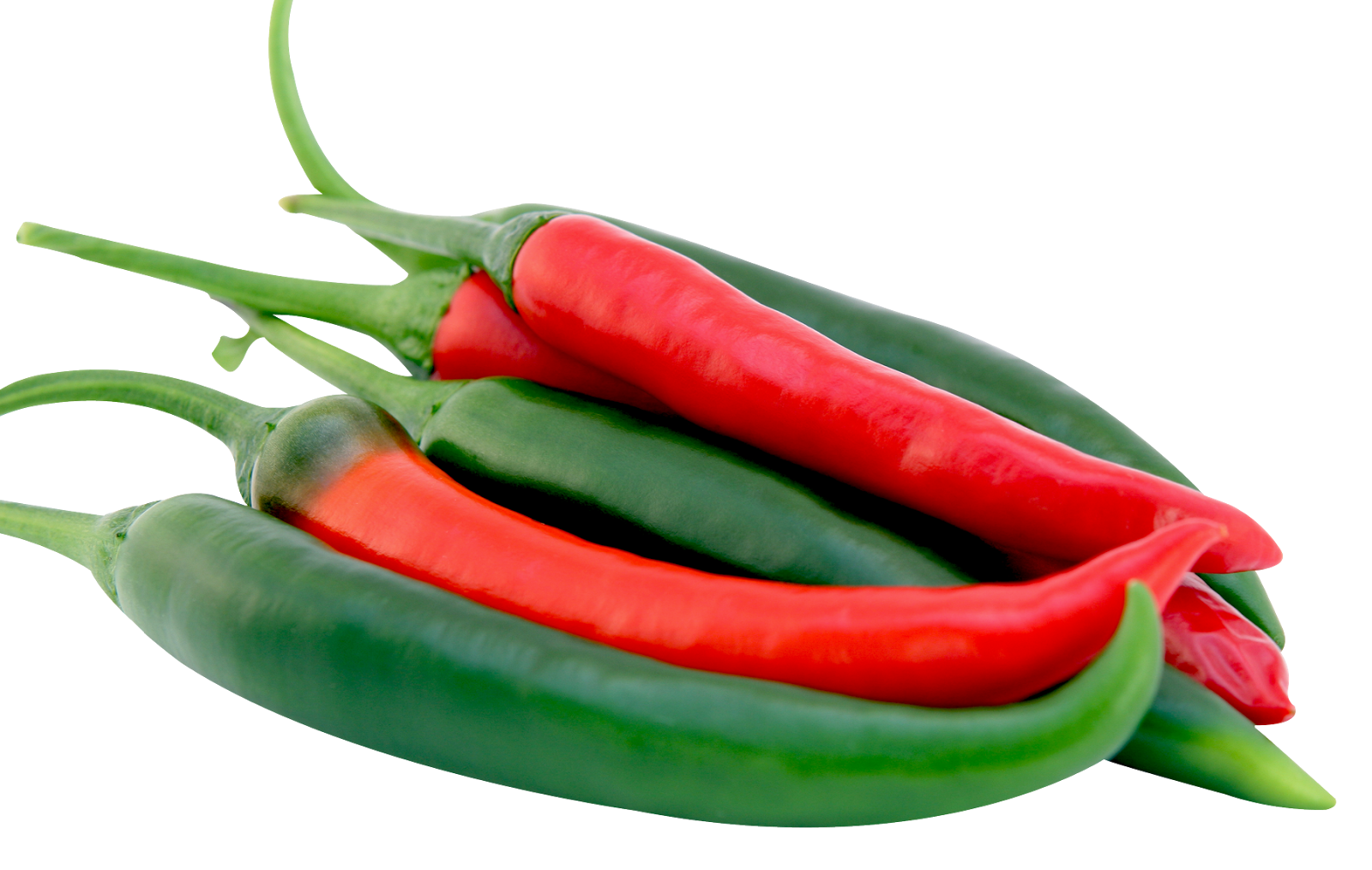The Ultimate Guide To Chilli: Everything You Need To Know
Chilli, a vibrant and flavorful ingredient, is a staple in many cuisines around the world. Known for its heat and spice, chilli not only enhances the taste of dishes but also offers numerous health benefits. In this comprehensive guide, we will explore everything there is to know about chilli, including its types, uses, health benefits, and much more. Whether you're a culinary enthusiast or just curious about this fiery fruit, this article will provide you with valuable insights.
This guide aims to unravel the mysteries of chilli, shedding light on its history, cultivation, and culinary applications. We will also delve into the various health benefits associated with chilli consumption, backed by scientific research and data. By the end of this article, you will be well-equipped to incorporate chilli into your cooking and understand its significance in global cuisines.
So, if you're ready to embark on a spicy journey through the world of chilli, let's dive in and discover the many facets of this incredible ingredient!
Table of Contents
- 1. What is Chilli?
- 2. Types of Chilli
- 3. Culinary Uses of Chilli
- 4. Health Benefits of Chilli
- 5. Growing Chilli: A Beginner's Guide
- 6. Chilli in Different Cuisines
- 7. Spice Levels: Understanding Scoville Heat Units
- 8. Conclusion
1. What is Chilli?
Chilli, also known as chili pepper, is the fruit of plants from the genus Capsicum. These plants are native to the Americas and are widely cultivated for their spicy, pungent flavor. Chilli can be consumed fresh, dried, or powdered, and it is an essential ingredient in many dishes worldwide.
Chilli peppers contain capsaicin, the compound responsible for their heat. The heat level of chilli varies depending on the type and preparation method. Apart from adding spice to food, chilli is also known for its vibrant colors, which can range from green to red, yellow, and even purple.
2. Types of Chilli
There are numerous varieties of chilli, each with its unique flavor profile and heat level. Here are some of the most popular types:
- Jalapeño: Medium heat, commonly used in Mexican cuisine.
- Serrano: Hotter than jalapeños, often used in salsas.
- Cayenne: Dried and powdered, known for its intense heat.
- Habanero: Very hot with a fruity flavor, popular in Caribbean dishes.
- Bell Pepper: Mild and sweet, commonly used in salads and cooking.
- Thai Chilli: Small but fiery, used in Asian cuisines.
2.1 Capsicum Varieties
Chilli peppers belong to the Capsicum family, which includes several species:
- Capsicum annuum
- Capsicum frutescens
- Capsicum chinense
- Capsicum baccatum
3. Culinary Uses of Chilli
Chilli is versatile and can be used in various forms in cooking:
- Fresh: Added to salads, salsas, and stir-fries.
- Dried: Used to make powders, flakes, or infused oils.
- Picked: Used in condiments and sauces.
- Stuffed: Used in dishes like stuffed peppers.
4. Health Benefits of Chilli
Chilli peppers offer numerous health benefits, including:
- Boosting Metabolism: The capsaicin in chilli can increase metabolic rate.
- Pain Relief: Capsaicin is used in topical creams for pain relief.
- Rich in Nutrients: Chilli contains vitamins A, C, and E.
- Heart Health: May improve heart health by lowering cholesterol levels.
5. Growing Chilli: A Beginner's Guide
Growing chilli can be a rewarding experience. Here are some tips:
- Choose the right variety for your climate.
- Start seeds indoors or directly in the garden.
- Ensure well-drained soil and adequate sunlight.
- Water regularly but avoid overwatering.
6. Chilli in Different Cuisines
Chilli is integral to many cuisines around the world:
- Mexican: Used in salsa, tacos, and enchiladas.
- Indian: Used in curries and chutneys.
- Thai: Found in soups and stir-fried dishes.
- Italian: Used in pasta sauces and pizzas.
7. Spice Levels: Understanding Scoville Heat Units
The Scoville scale measures the heat level of chilli peppers. Here are some examples:
- Bell Pepper: 0 SHU
- Jalapeño: 2,500 - 8,000 SHU
- Cayenne: 30,000 - 50,000 SHU
- Habanero: 100,000 - 350,000 SHU
8. Conclusion
In conclusion, chilli is a remarkable ingredient that adds flavor, heat, and health benefits to our diets. From its various types and culinary uses to its role in different cuisines, chilli is truly a global favorite. We hope this guide has provided you with valuable insights into the world of chilli.
We encourage you to experiment with different types of chilli in your cooking and explore the many ways it can enhance your dishes. If you found this article helpful, please leave a comment below, share it with your friends, or check out our other articles for more culinary inspiration!
Thank you for reading, and we look forward to seeing you again on our site!
Ronaldinho: The Genius Of Brazilian Football
Ari Fletcher: The Influencer Redefining Social Media Presence
Jessie Graff: The Inspiring Journey Of An American Ninja Warrior

